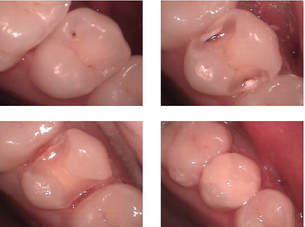 Many parents dealing with tooth cavity on their children often ask the question, ‘Which is the best type of filling for my child?’ Fillings come in different kinds of material – amalgam, ceramic, composite and glass ionomers. However, there are two most common types of choices that dental patients decide when it comes to dental fillings – white fillings or silver fillings. White Fillings – Pros and Cons Many people prefer white fillings over silver fillings because of the following benefits:
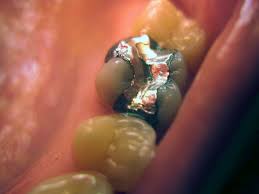 Silver Fillings – Pros and Cons Still today, many dentist still offer silver fillings to dental patients. There are several reasons why some patients prefer this option:
Even though the materials and techniques on dental fillings are improving day by day, prevention is still better – which means, having no filling at all. Dental cavities can be prevented through proper brushing habit, having low sugar diet, eating foods rich in calcium and phosphorus and following your routine dental check-ups. The American Association of Pediatric Dentists (AAPD) has published a research study on the use of silver diamine fluoride in the management of dental caries among children and adolescents, as well as those with special care needs. Currently, the most preferred way of managing tooth decay among this group is through removal of the decay and applying restorative procedures such as fillings and sealants. However, there are some situations wherein these methods are not financially or physically feasible.
With that said, the use of silver diamine floude or SDF offers an effective alternative solution to prevent the decay from further deterioration. What is Silver Diamine Flouride? Silver diamine fluoride (SDF) is a solution made from water, fluoride, silver and ammonia. In this liquid solution, fluoride works by treating the tooth decay and preventing it from deteriorating further while silver works to protect the dentin, the inner layer of the teeth. Despite its slightly metallic taste, the Food and Drug Administration (FDA) has approved this solution for the treatment of hypersensitivity. However, it is only recently, through numerous evidences from studies that it can successfully treat and prevent decay in kids, the elderly and patients with special needs. How is SDF Applied? After cleaning and drying the teeth, a drop of SDF is applied on the teeth, specifically areas that are affected by decay to stop the cavities from spreading further. The solution is spread over using a tiny brush and then, it is left to cure for about 2 minutes. SDF treatment also helps reduce hypersensitivity caused by tooth decay as it strengthens any exposed dentin. Is SDF Safe for My Children? SDF is a safe treatment option compared to other dental procedures that have reported to have severe side effects or have reported risks. Many pediatric dentists recommend it for kids with severe early childhood caries. SDF has many benefits but also comes with disadvantages: Pros:
Most parents try to curb their kids’ sugar intake only to have their efforts wasted during Halloween. The season of trick-or-treat is coming, so what should parents do? Steer away from added sugar such as high fructose corn syrup, cane sugar and palm sugar and emphasize fruits and milk that contain natural sugar. Here is a list of healthy, delicious and sugar-free treats that you can make for your children this Halloween night. 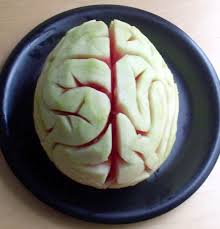 Watermelon Brain Ingredient: Medium-sized watermelon Instruction: 1. Wash and peel watermelon using a fruit peeler. 2. Using a thin, sharp knife, cut a small size at the bottom so it can sit stable. 3. Make a straight cut at the middle and make thin carvings similar to the image.  Sugar-free Pumpkin Cookies Recipe adapted from https://wholenewmom.com/recipes/pumpkin-recipes-pumpkin-cookies-vegan-cookies-gluten-free-cookies/ Ingredients: Wet Ingredients
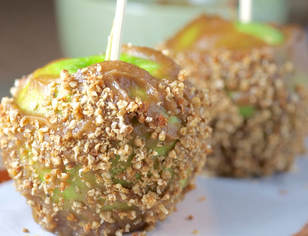 Apple Pops Recipe adapted from https://www.feastingonfruit.com/4-ingredient-caramel-apples-sugar-free-raw-vegan/ Ingredients
3. Using the stick inserted on the apples, dip the apples into the caramel mixture and roll them in the mulberries. 4. Immediately refrigerate to firm caramel. 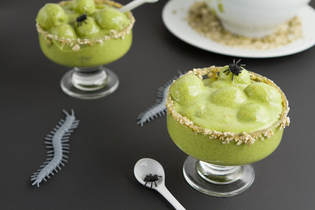 Fruity Witches Brew Pudding Recipe from https://www.healthfulpursuit.com/2012/10/witches-brew-breakfast-pudding/ Ingredient
Skinny Pumpkin Spice LatteRecipe adapted from https://www.bakingbeauty.net/sugar-free-pumpkin-spice-latte-recipe/
Ingredients
Many children often get bad habits like nail biting or thumb sucking. If you notice your child having dry, chapped or irritated lips, particularly the lower lip, he/she may have a habit of sucking or licking their lips.
Lip sucking is very common among children and a lot of parents are unaware that their kids are doing it. Although this pattern can be challenging to break, with loving support, persistence and patience, you’ll be able to break this habit. What Causes Lip Sucking? Dry Lips. Sometimes, lip sucking can be due to a past experience of chapped lips. Your child may unconsciously continue to suck their lips to moisten it even after the lips recovered and become healthy. Anxiety. Kids may lick or suck their lips when they feel anxious or stressed out due to an unfamiliar situation or environment. Severe malocclusion. Lip sucking may develop if the child has severe misalignment or overbite. When the upper teeth protrude excessively over the lower lip, it creates an ideal condition for lip sucking. Effects of Lip Licking and Lip Sucking Lip Licking. When your child frequently licks his/her teeth, he/she may have swollen lips and irritated skin around the mouth. Constant exposure of lip tissues in saliva can promote redness, irritation and chapping. Lip Sucking. Excessive lip sucking can cause chapped, dry or irritated lips over time. This can cause pain and discomfort, particularly if there’s already a red ring forming around the mouth. Kids are susceptible to impetigo or cold sores when there’s damage to lip tissue. Long-term sucking of lips may also cause asymmetric jaw, occlusion and other dental distortions. How to Help Your Child Break this Habit This lip sucking habit often disappear in most children without any parental intervention. But if the habit persists, you can help your little one break that habit. 1. Don’t punish the behaviour. Use a lip balm or any relieving lip cream instead, to improve the health of lip tissue while providing distraction to the child. 2. If the child shows frustration with the habit, offer a hug and comforting words. 3. During stressful situations, divert his/her attention. Introduce positive activities to them so they won’t focus on the habit. 4. Offer water regularly as a distraction and to hydrate the lips at the same time. Avoid giving sugary drinks as it can make the child lick their lips further. 5. Give sugar-free candies. Sucking the candy can become a distraction from the lip sucking habit. 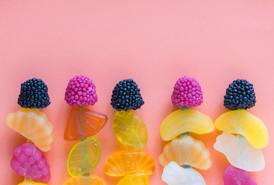 We have been repeatedly discussing the role of sugar in your children’s dental health. Sugar feeds the bacteria inside your child’s mouth, which then produces enamel-attacking acids, causing tooth decay. Therefore, in order to prevent tooth decay and cavity from occurring, we, as parents and guardians, must ensure that children won’t go beyond the recommended sugar intake. Aside from regular toothbrushing, flossing and dental visit, it is important to control the root cause of tooth decay – SUGAR. Children ages three and above should have no more than 3 teaspoon (15 grams) of sugar per day. Below, we share to you five very simple ways on how to lessen your child’s sugar snacking. Be a smart shopper. When shopping for snacks, take a look at the added sugar such as corn syrup or white sugar that are added on premade snacks. Sugar present in fruits and milk aren’t so worrying, since they are healthy food choices. In addition, similar products may contain different amounts of sugar. Examples are muffins, cereals, granola bars and yogurt. You can still buy these items but check the label first. Minimize fruit juice. Since fruit juice contains high amount of calories and sugar, the best option for your LO are still milk and water. Children below 1 year old are not advised to drink any fruit juice, based on the American Academy of Pediatrics. But for older kids, they can drink occasionally, provided they follow these recommendations.
Skip sugary, carbonated beverages. They are completely bad for your LO’s teeth. A can of soda contains the amount of sugar that is equal for three days for a young child. Skip sticky snacks. You may think sticky or gummy fruit snacks like raisins are better than candies. Although dried fruit snacks are healthy and rich in nutrients, they are worse than hard candies or chocolate in terms of dental health because they stick to their teeth much longer. When sticky food particles adhere to their teeth for an extended time, bacteria can damage their teeth during that time. Be an example. Your kids follow anything you do. Setting an example makes a huge impact in your family’s health. If you want to change your child’s sugar intake, do the same thing and they will follow. The baby teeth, also called primary teeth, is as vital as the permanent teeth. It helps your little one chew their food, speak well and give the face its shape. This is the reason why it is important to take good care of them. How Baby Teeth Develop When a baby is born, his 20 baby teeth are already there inside the jaws and usually emerge when the baby ages 6 months to one year. Most kids will have a complete set of 20 teeth by the time they reach 3. However, every child is different – one specific tooth may appear first than the usual. When teeth erupt, some babies may experience tender or painful gums. Rubbing the child’s gums gently with a cool wet gauze pad or cloth may soothe the sore gums. Teethers can also be used. However, if the child is in pain and irritable, visit your dentist or doctor. Baby Teeth Hold Space for Adult Teeth When a baby tooth lost too early before the adult tooth inside is ready to emerge, adjacent teeth can occupy the open space. When the adult tooth is ready to surface, there may not be enough space for them. This causes the teeth to be too crowded in a certain part or crooked. This is the reason why beginning infancy, it is best to practice proper oral hygiene to protect their teeth from losing too early. If a child loses teeth too early, your dentist may suggest a space maintainer – a metal or plastic piece that helps make the space or gap open to ensure that emerging adult teeth is in the right place. Prevent Decay in Baby Teeth Tooth decay on your child’s baby teeth has a significant impact on the growth of their adult teeth. It can also be uncomfortable for them. Your child may find it challenging to eat certain foods and speak normally if they have tooth discomfort. Thus, it is important to maintain proper dental care of baby teeth even if they will fall out later. Tooth decay usually occur when the baby teeth are exposed to sugary liquids for long periods. These liquids include sweetened water, milk or formula, soda and fruit juice. It can also develop when you place your baby on bed with a bottle of milk still inside their mouth. When your baby is ready to eat solids, you may give water at this point. Be sure to visit your dentist before your child’s first birthday. See it as a ‘well-baby check-up’ for their teeth. 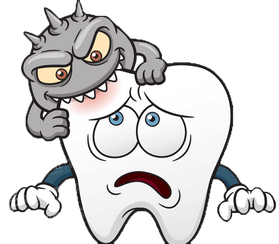 You may be aware that a dental cavity starts from a tooth decay. But did you know you can reverse a tooth decay and prevent cavities to form? Read on and find out how to reverse a tooth decay and avoid a cavity? What’s Happening Inside Your Mouth? The mouth is filled with hundreds of different types of bacteria living on our tongue, gums, teeth and other parts of the mouth. Some are friendly bacteria while some can cause damage such as those that actively take part in the tooth decay process. Tooth decay occurs due to an infection from a certain bacteria that consume sugar in food and produce acids. Over time, the acid can cause damage leading to a tooth cavity. Inside the mouth, a war between bacteria and sugar vs. saliva and fluoride happens. Whenever you consume something containing sugar or starch, bacteria use them and secrete acids, which then start to corrode the tooth enamel. The minerals present in the saliva such as phosphate and calcium, with fluoride from the toothpaste and water help the enamel repair itself by coating the tooth enamel and replacing the lost minerals from the acid attack. Every day, our mouth undergoes this process of losing and replacing minerals. How a Cavity Develops A cavity develops when a tooth is frequently exposed to acid. For instance, if you drink or eat food containing sugar more often, this causes a repeated attach on the enamel, causing more minerals to lose. A sign of early decay is a white spot on the tooth. This is the stage where a decay can be reversed. Enamel can self-repair provided there’s minerals available from saliva and toothpaste or other sources. However, the tooth decay process persists when more minerals will be lost. Eventually, it weakens and destroys enamels and a cavity forms. A dental cavity is permanent and can be repaired using a filler. How to Reverse the Tooth Decay Process 1. Use Flouride. Flouride is beneficial for the teeth as it prevents mineral loss and replaces lost mineral on the enamel. Further, it lowers the ability of bacteria to create acid. You can easily get fluoride from drinking fluoridated water and toothbrushing with a fluoride toothpaste. Your child’s pediatric dentist can prescribe fluoride gel or varnish for tooth surfaces, fluoride mouth rinse or fluoride tablets if he or she needs more fluoride. If you child drinks only bottled water, visit your dentist to know whether your child needs supplemental fluoride in the form of gel, tablet or varnish. 2. Monitor your child’s diet. Take note that every time your child eats or drinks something with sugar, bacteria inside the mouth use it to produce acids. That is why always keep an eye on what they eat and how often they eat it. Tips:
4. Have regular dental check-ups. Bring your child to the dentist for examinations and cleaning. |
AuthorMint Kids Dentistry Archives
July 2021
Categories |
Location |
|
Sitemap
|
Forms
|

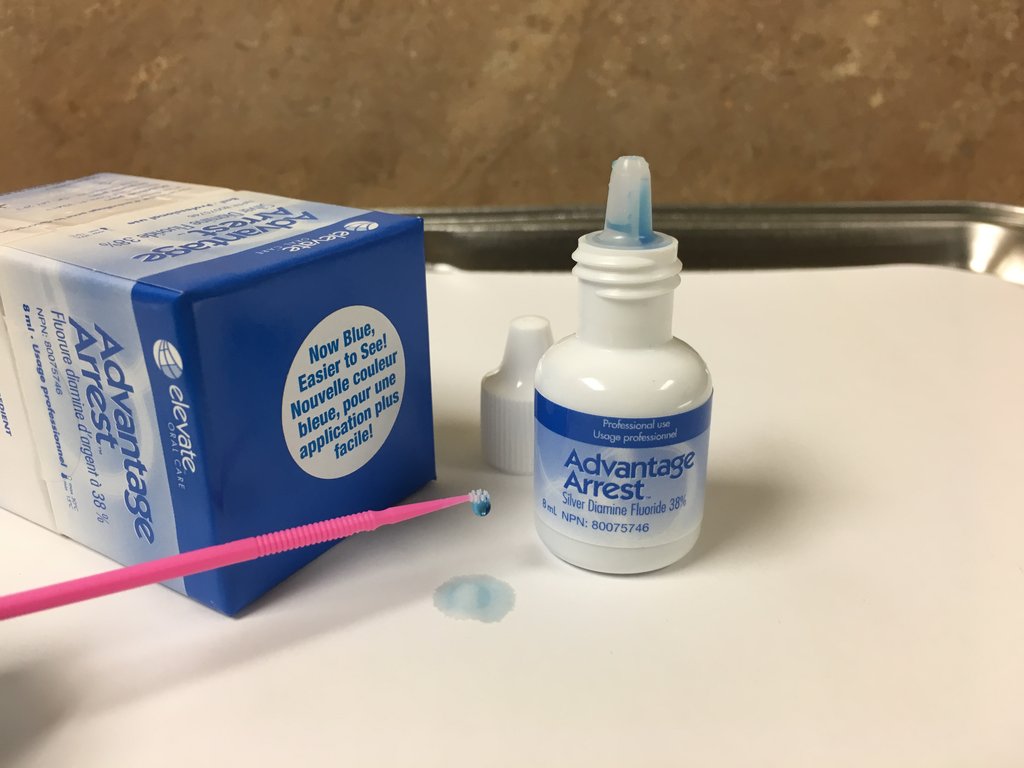


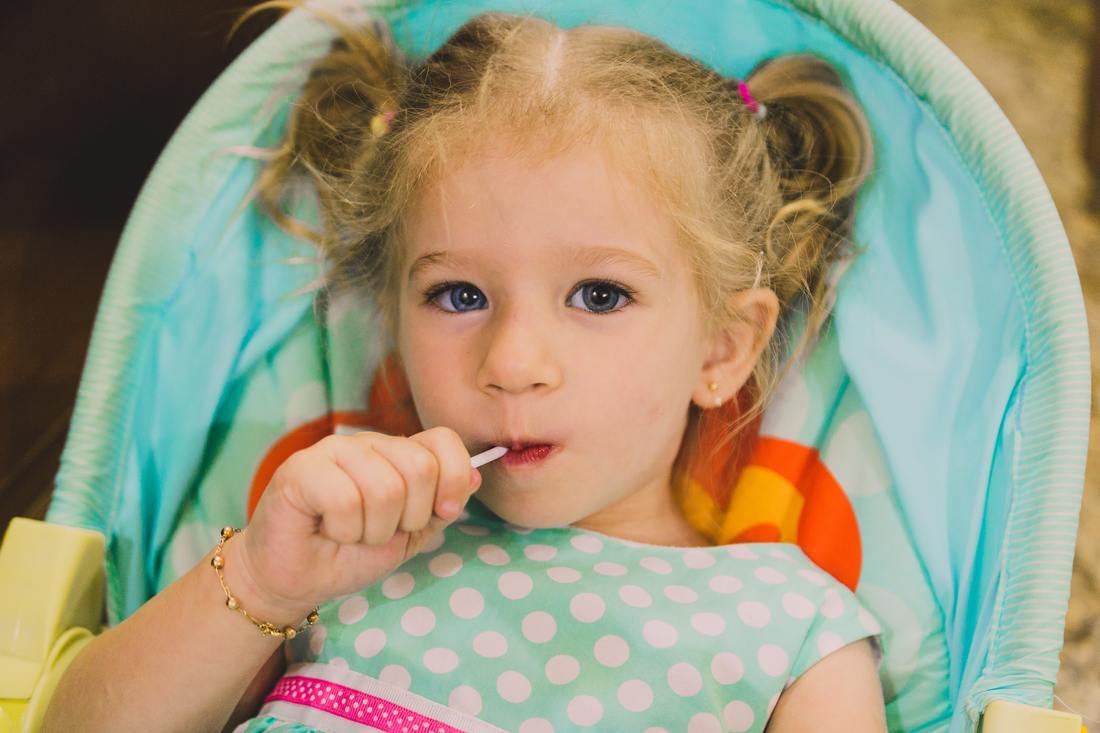

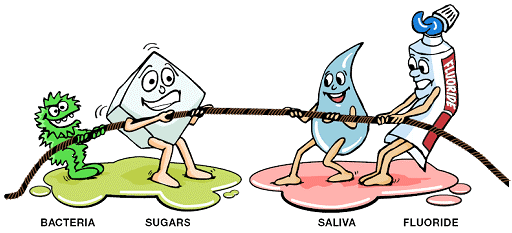
 RSS Feed
RSS Feed